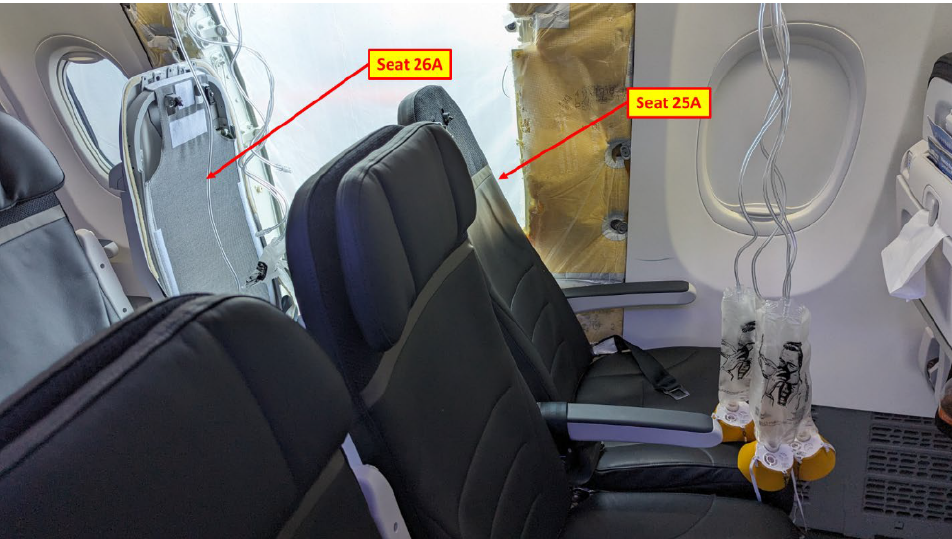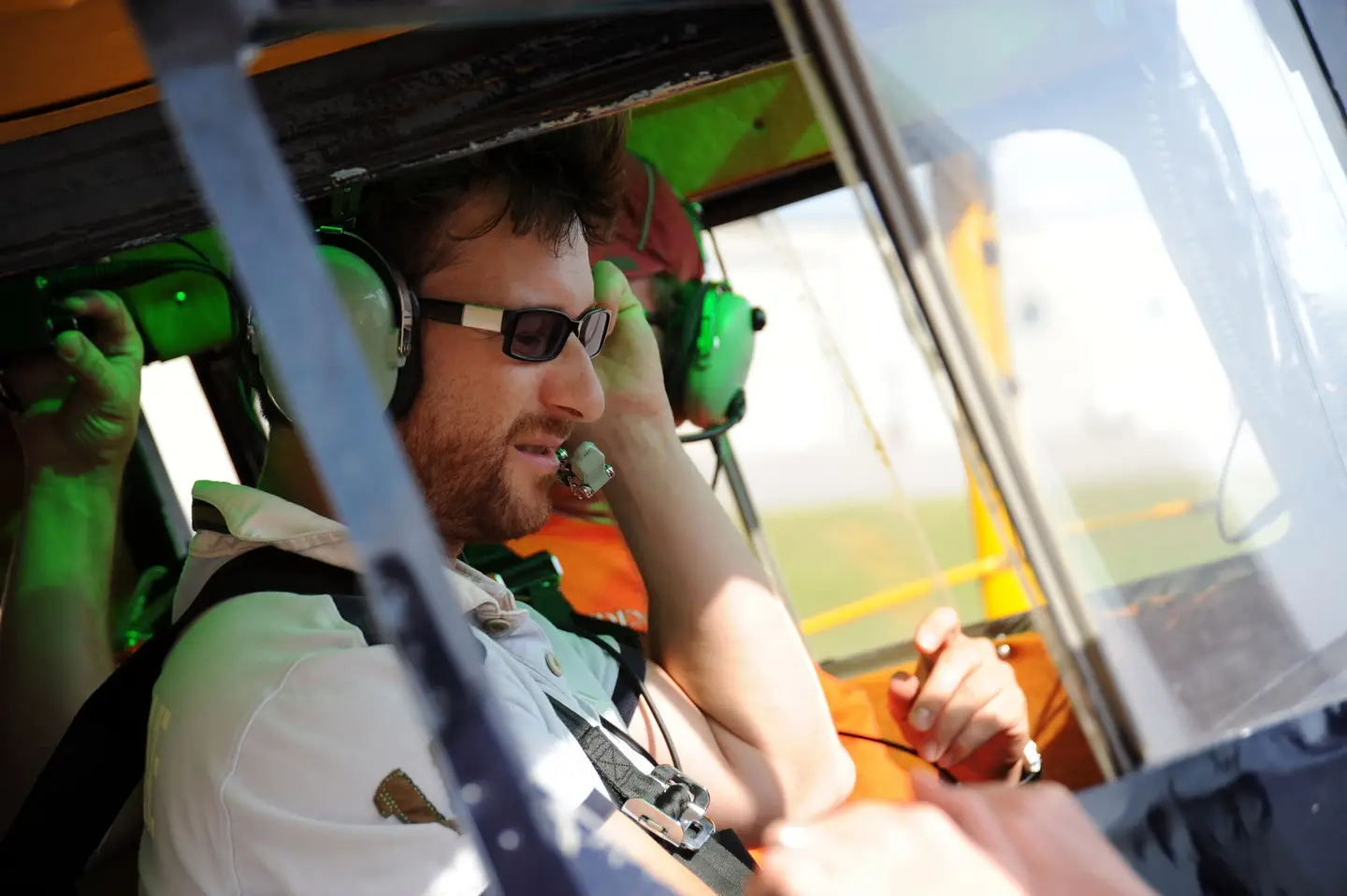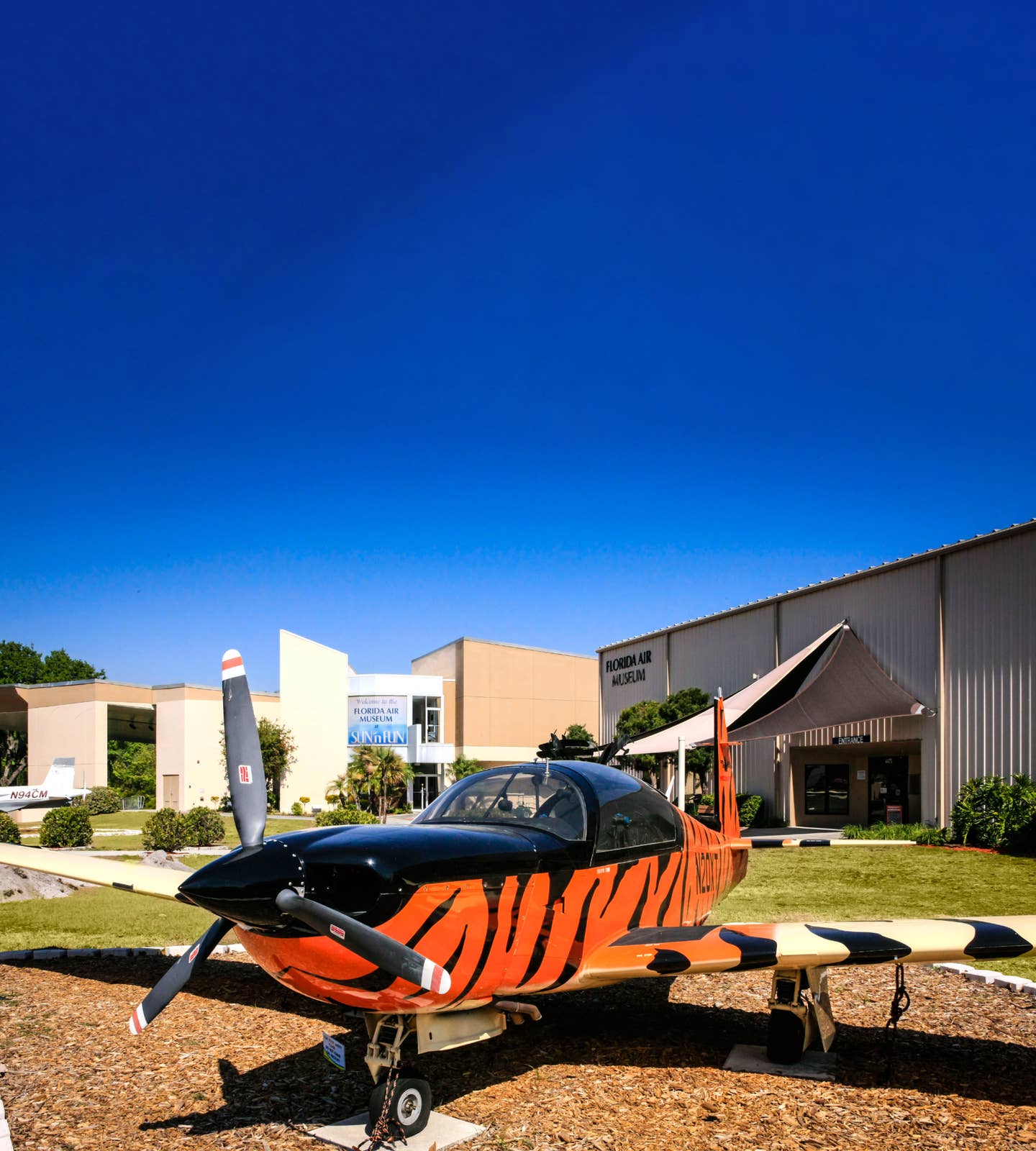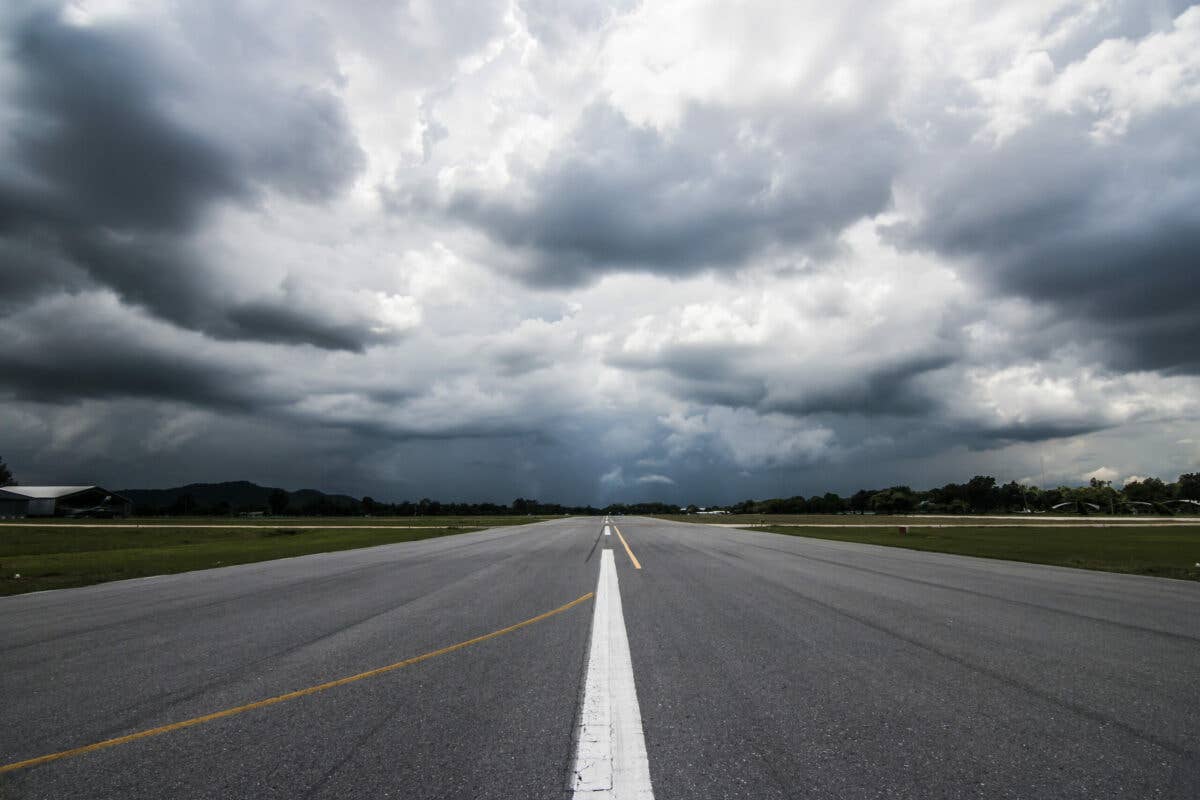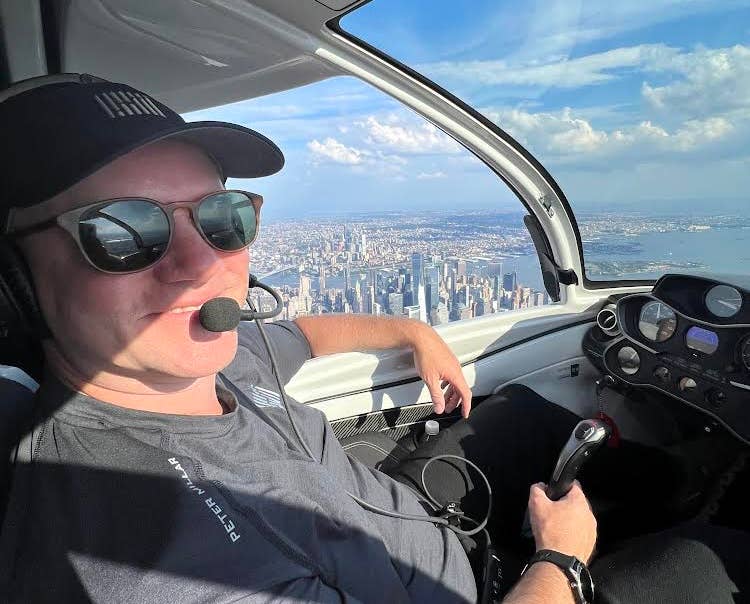Going Direct: The Most Tragic Detail From The Ethiopian 737 Max Crash Yet
A preliminary report from investigators on the crash of Ethiopian Airlines Flight 302, as you doubtless have heard, looks to be another case of a new flight control augmentation system…
A preliminary report from investigators on the crash of Ethiopian Airlines Flight 302, as you doubtless have heard, looks to be another case of a new flight control augmentation system responding to bad data from an angle of attack sensor and putting the aircraft out of control. That system, as you surely know by now, is called the Maneuvering Characteristics Augmentation System, MCAS for short. The system is new on the 737 Max. It was developed to give the new mode handling characteristics that would allow it to meet FAA standards after the addition of new, larger and differently positioned fuel-efficient engines that were the raison d'étre behind the Max.
The report holds a couple of hugely upsetting details, the first being that the MCAS apparently once again created a flight condition the crew was unprepared to deal with. MCAS activates when the AOA sensor detects a too-high reading and, thinking the airplane is on the verge of stalling, uses the electric trim system to aggressively trim the nose down, repeatedly. In the case of the Lion Air crash of a 737 Max 8 in late October, in which the same dynamic is suspect as the cause, the crew seemed baffled by what was happening as the plane trimmed itself repeatedly more and more nose down until the point the pilots couldn't outmuscle the controls and the airplane crashed into the sea killing all aboard.
Some observers were quick to blame the crew, but it soon became clear that 737 Max pilots had no idea what MCAS was or how to deal with a malfunction in the sensors driving it. How could they? Apparently in an attempt to simplify crew training and sweeten the cost savings airlines buying the new Max would enjoy Boeing didn't point out the new system or how to disable it.
By the time the Ethiopian crash occurred, pilots of the new planes knew what MCAS was, at least that's the assumption, though the details on how well the pilots of Flight 302 were trained on the new system is unclear or, in some cases, contradictory.
This detail now seems crucial, as the preliminary report indicates that the pilots flying the EA 302 737 Max initially disabled the MCAS system before, and this is the tragic part, re-enabling it, after which they were predictably unable to regain control of the plane, resulting in MCAS continuing its mischief with the unthinkable results that are hard not to think about.
Now, here's the speculation: Why did the pilots re-enable MCAS after at first correctly turning it off by killing the electric trim? Some analysts have called the move "inexplicable," but it's not. In training we learn that pilots are really bad at doing anything the first time they do it. Things such as flying a twin with one engine shut down or landing in a stiff crosswind are things pilots nearly always fail at doing before they have a chance to practice it again and again. In jets, you do that in a simulator. In Lou Churchville's terrific series on getting a helicopter rating in a Robinson R-22 Beta II, the author, a long time, highly experienced commercial fixed-wing pilot is terrible at flying helicopters at first because, well, because it's hard to learn to fly them at all, never mind really well. Read Lou's stories to get some insights into how that process went and you'll get some insights into why pilots fail at doing something new and counterintuitive.
In the case of the 737 Max EA 302 crash, the pilots apparently knew what to do, turn off the electric trim. What they didn't do next is what very possibly doomed the flight. They didn't use the manual trim wheels to correct MCAS's previous nose-down trimming of the elevator. Had they ever used the manual trim? It's second nature to many of us little airplane drivers, but in the case of transport category aircraft pilots, such is not always the case. Did one of the pilots reactivate MCAS in order to use the electric trim to get the airplane back under control? If so, it was a move that spelled the end for all aboard.
You can blame the pilots all you want, but the bottom line is that the manufacturer and the airline are responsible to enacting training systems that assure that pilots won't ever have to do something crucial that they've never done before. In the case of Ethiopian Airlines Flight 302, it's a near certainty that that is precisely what was expected of those pilots, with predictably horrifying results.

Subscribe to Our Newsletter
Get the latest Plane & Pilot Magazine stories delivered directly to your inbox

